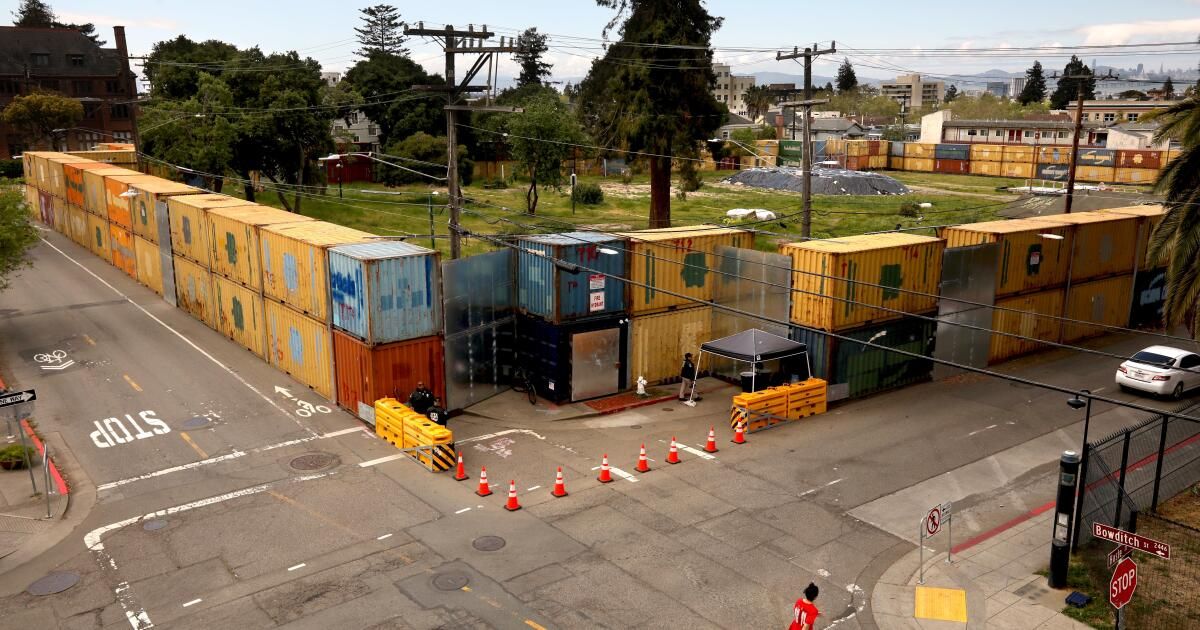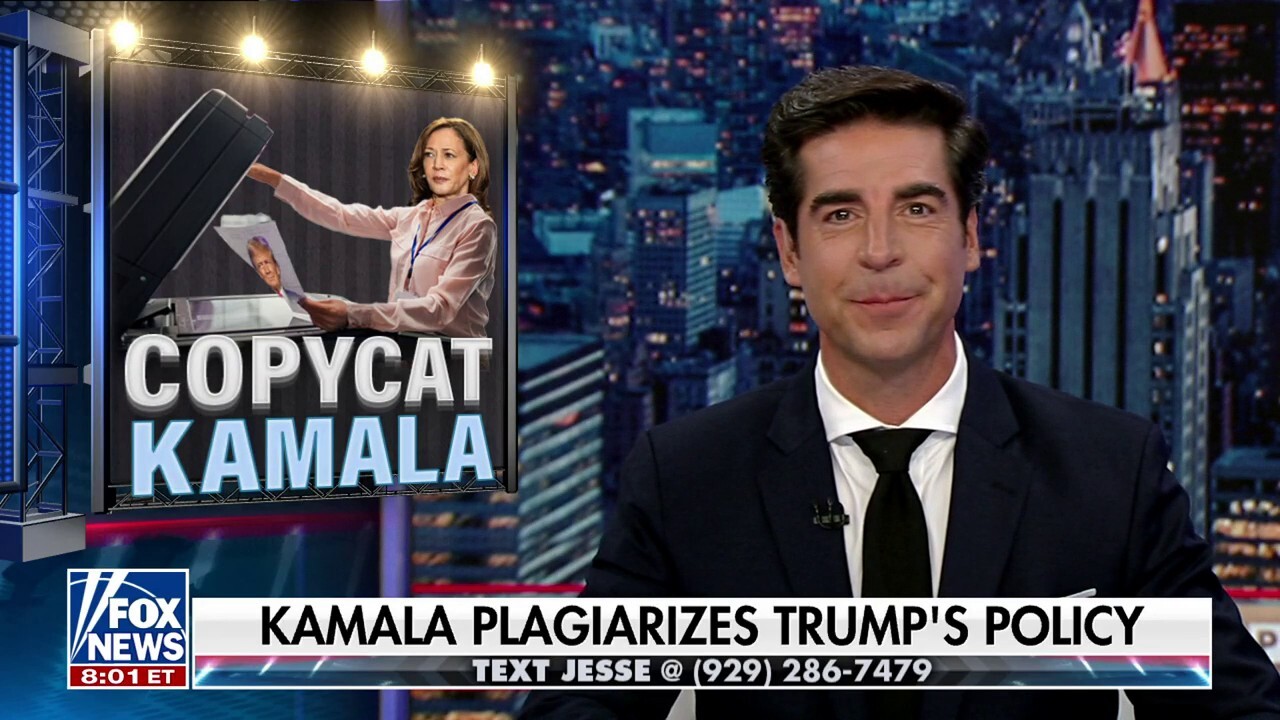For the second time in two years, the California Legislature has passed a unique law to circumvent the California Environmental Quality Act. And this time, the result is not pretty: In June, the Legislature exempted its own office construction project from CEQA.
The new law was passed quickly. Even Senator John Laird of Santa Cruz, one of the state's leading environmentalists, expressed concern about how CEQA was creating delays and, therefore, project cost, which is more or less the same concern developers have been expressing about CEQA all along.
The state office building exemption comes on the heels of a similar action last year that kept alive a UC Berkeley dormitory and apartment project at the People's Park site, despite a court finding that noisy students in the new residences could constitute a significant environmental impact requiring CEQA analysis and mitigation.
Everyone loves to hate the California Environmental Quality Act, except the environmentalists, neighborhood groups, and unions that use and often abuse it. Those groups have enough political power to create an eternal gridlock in Sacramento over whether and how to reform CEQA. Without rational reform, the Legislature exempts projects one at a time, poking holes in the law — call it the Swiss cheese approach to public policy. Lawmakers should have more courage.
CEQA was passed in 1970, when environmentalism was in full swing. It was passed through the Legislature by a Republican (Assemblyman (and later Governor) Pete Wilson) and signed by a Republican (Governor Ronald Reagan). The law does not protect the environment directly, but it does require cities and counties to analyze and minimize the potential environmental impact of new development projects. It also gives almost anyone the right to challenge that analysis and mitigation measures in court, as long as the suit is filed within 90 days of the local government's “final” permitting decision.
CEQA proponents argue that they are just trying to improve projects, which is often the case. But CEQA provides many opportunities for third parties to slow down processes and try to kill proposed projects for many reasons (e.g., simple NIMBYism or competition among rival developers) that have nothing to do with real environmental concerns. And it can give unions leverage to extract labor concessions from developers and their commercial tenants that cannot be easily obtained any other way.
It’s difficult to estimate the cost of CEQA, though a recent study showed that in 2020, about 40% of proposed housing units in California were the subject of some form of CEQA lawsuit. Obviously, many of those units were eventually built (not all CEQA lawsuits are successful), but litigation slows things down and adds expense and uncertainty to the process.
Thanks to the efforts of state Sen. Scott Wiener (D-San Francisco), some affordable housing projects now get a free pass from CEQA, as long as they use union labor. “Accessory dwelling units” in backyards are exempt. Other infill housing projects — new housing on vacant lots and underutilized lots in existing communities — sometimes qualify for an exemption as well, and cities are Use those potential exemptions more oftenSome state-designated major projects also get a quicker resolution in court, as was the recent case with the Sites Reservoir in Colusa County.
To some extent, the Swiss cheese strategy makes sense in these cases: it is easier to implement incremental changes than sweeping reforms, but it has also led to huge inequalities.
If you're building housing for college students, you can get a CEQA exemption. But if UC or Cal State want to build classrooms and labs for those same students, they'll likely have to prepare a lengthy and expensive environmental impact report. And of course, if you're building housing for students, after Once they graduate, they don't get a CEQA benefit unless they're building in certain locations or for certain income groups.
And while large infrastructure projects like the Sites Reservoir may qualify for streamlined judicial review, this is at the governor’s discretion. There are no set criteria that automatically expedite a project.
It’s time to stop poking holes in CEQA and instead fix it. The state should streamline CEQA review for projects that meet California’s climate policy goals, as well as local plans and ordinances that support those goals. A consistent standard should apply in all cases.
Standards would also help put an end to the use of CEQA as a blackmailer. If environmental groups, neighborhood associations or unions want land use planning to help them achieve their goals, they should be engaged in that battle when land use policies are being formulated, not on a project-by-project basis using CEQA as a cudgel.
Conventional wisdom would suggest that such reforms are politically difficult, if not impossible, to achieve. But how many holes does the Legislature have to poke in CEQA (either for the state's own projects or those of politically influential friends) before the Swiss cheese strategy shreds the state's growth and development policies?
William Fulton is the editor and publisher of “California Planning and Development Report“He is a former mayor of Ventura and planning director of San Diego.











